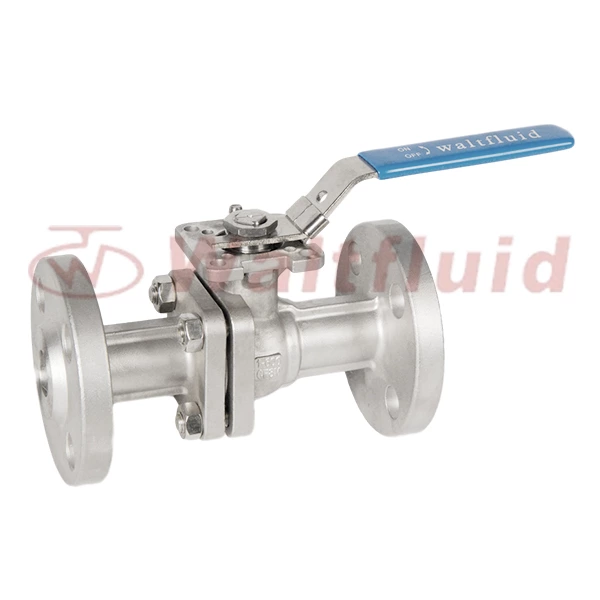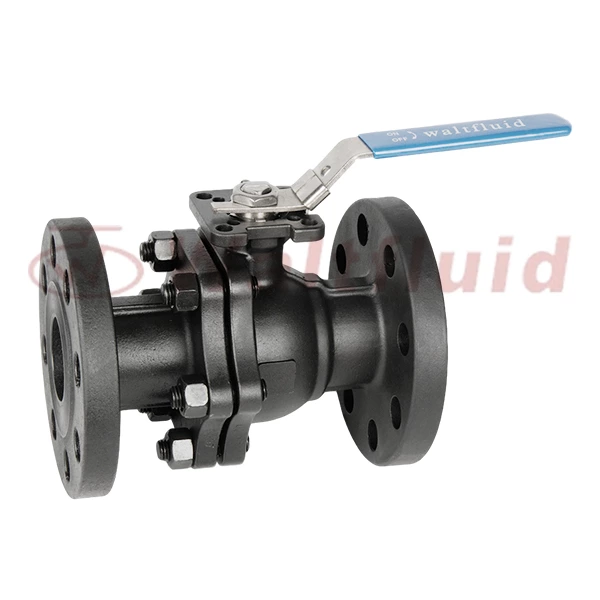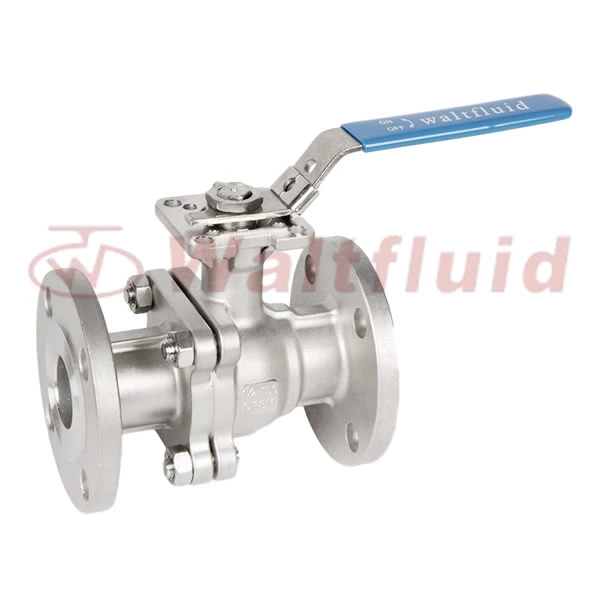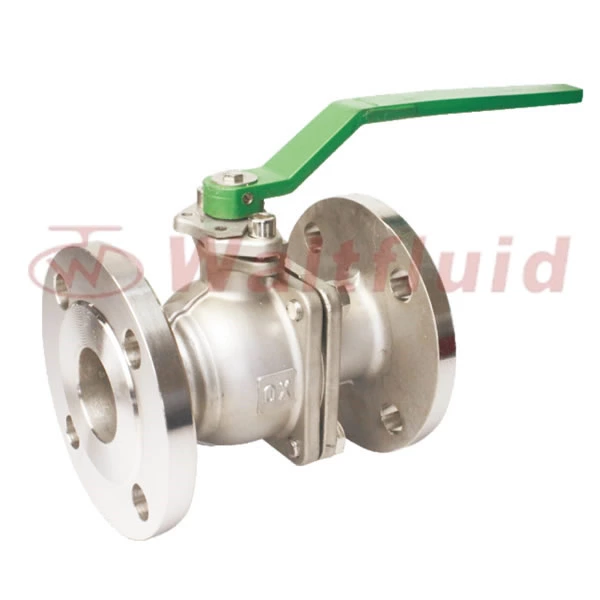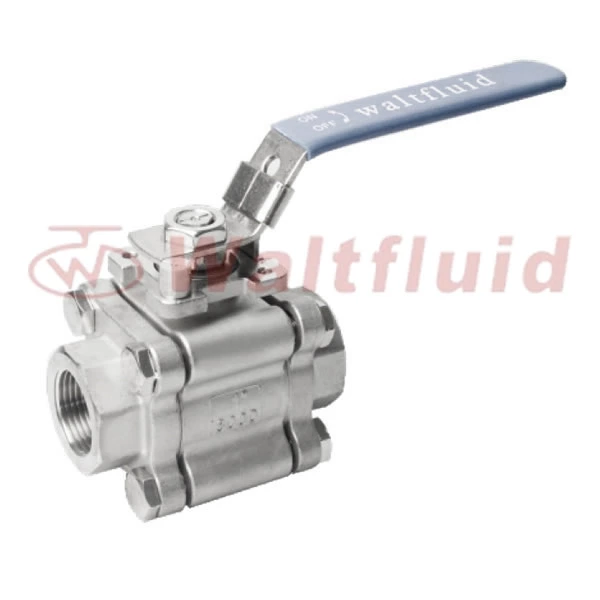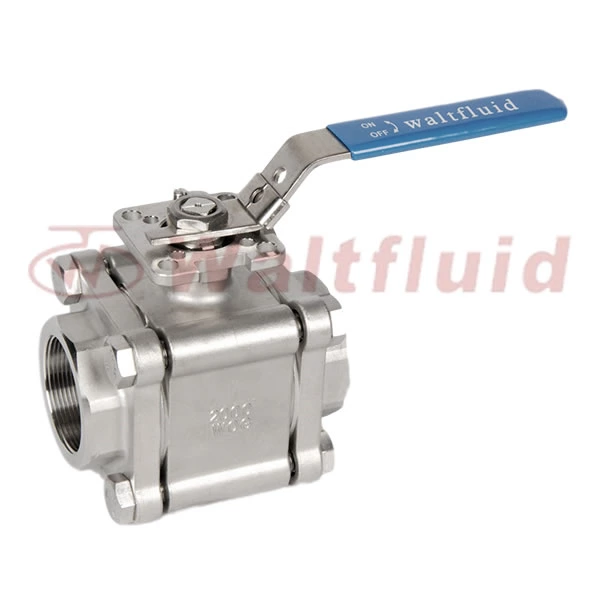Under What Conditions Are High Temperature Ball Valves Selected?
Under what conditions is 3 Piece Threaded Ball Valve selected:
High-temperature ball valves above 250° are called high-temperature ball valves. The sealing surface material of high-temperature ball valves below 250° is usually PPL material. Hard sealing materials are used for those above 250°.
1 High-temperature ball valve: High-temperature ball valves below 250 degrees are generally used for ordinary hot water, heating water, steam systems, oil products, food, etc., and can be used when the working temperature is not higher than 250°.
2 High-temperature ball valve: High-temperature ball valves above 250° must use hard sealing materials. The WCB hardness of the hard-sealed high-temperature ball valve body can withstand 425°, and the hardness coefficient is HRC45-58. The structural design of the hard-sealed high-temperature ball valve is a double-seat single-sided sealed hard-sealed high-temperature ball valve. The valve body is made of cast steel (WCB), the ball is 2CR13+nitrided (2CR13+STL), and the sealing material is STL hard alloy. Our factory adopts a single-sided sealing structure: one wall is sealed with graphite, and the other wall uses a spring to push the valve seat and the ball to the opposite side. This design makes the valve opening and closing force light, and the sealing performance is also very good. Therefore, the benefits of this product are: wear resistance, high temperature resistance, light switch, and long service life.
Three high-temperature ball valves: The hard-sealed high-temperature ball valve above 425° is a special high-temperature, and the material should be WC6. Special wear-resistant hard-sealed high-temperature ball valve. The highest temperature can withstand 590°. The valve seats on both sides of the valve use the elastic force of the spring to make the valve seats on both sides tightly hold the ball center to play a sealing role. The sealing material is tungsten carbide, and the spherical surface is spray-welded. Such hardness coefficient can reach HRC68-72. Graphite seal is used between the valve seat and the valve body, so the temperature can withstand up to 590°. The benefits of hard-sealed high-temperature ball valves are: good sealing performance, high temperature resistance, wear resistance, easy opening and closing. The sealing characteristics of high-temperature hard-sealed ball valves are mainly the use of metal sealing pairs, which have the advantage of wide applicable temperature range. The thermal expansion coefficients of various metals are not much different. As long as they are properly selected, they can be basically equal, which is conducive to harmonious temperature difference deformation. The disadvantage is that the material hardness is high and the specific pressure required for sealing is high. Even if the pre-tightening force is used to achieve sealing, the wear between the valve seat and the ball is also large due to the large sealing specific pressure. Moreover, due to the large friction coefficient of the metal sealing surface, the opening and closing torque of the ball valve is large. Therefore, most high-temperature ball valves use elastic sealing pairs, which have reliable performance, strong elastic compensation ability, wide applicable temperature range, and are applicable to both floating ball valves and fixed ball valves.
There is another saying that hard-sealed ball valves must be used when the pipeline medium exceeds 280°C, and it can also withstand high temperature conditions.
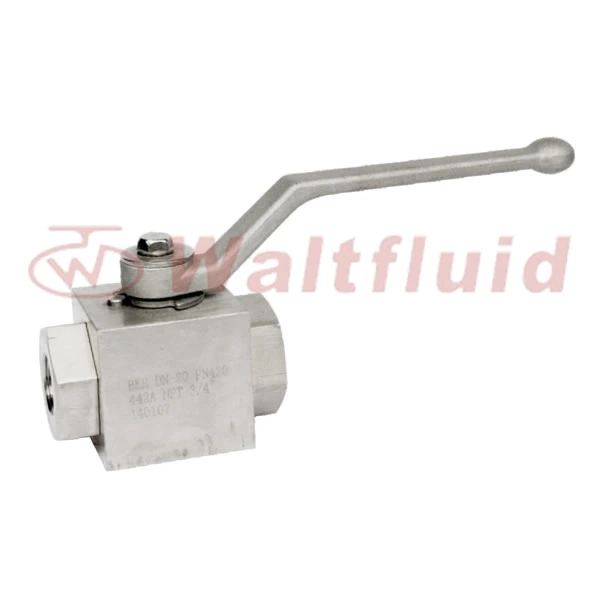
 English
English 中文
中文 Pусский
Pусский  Español
Español
